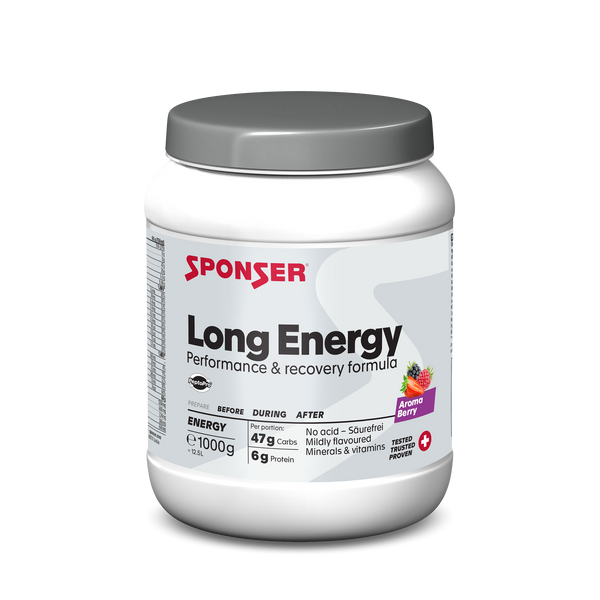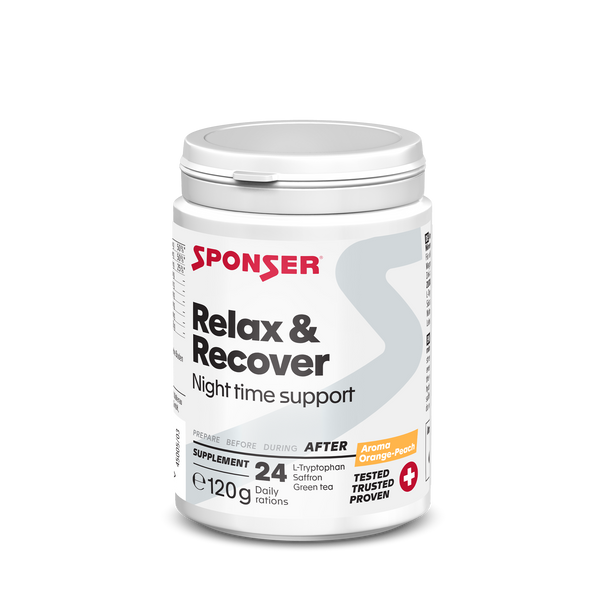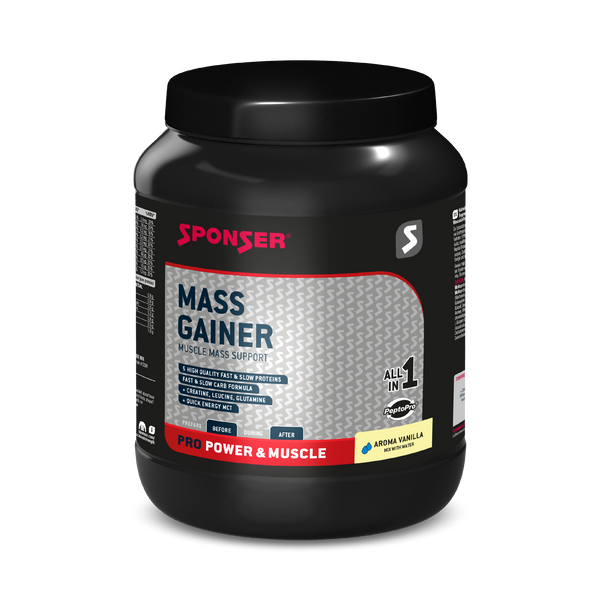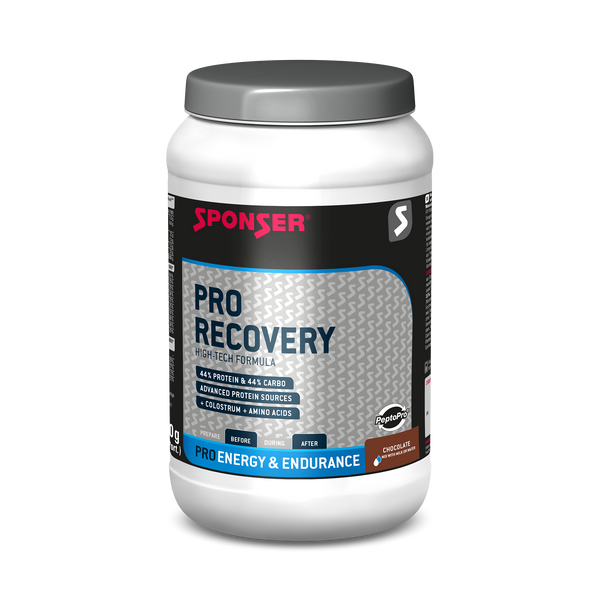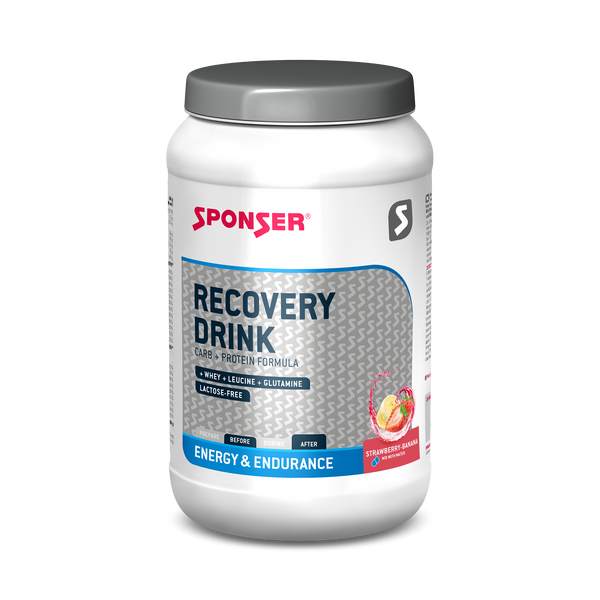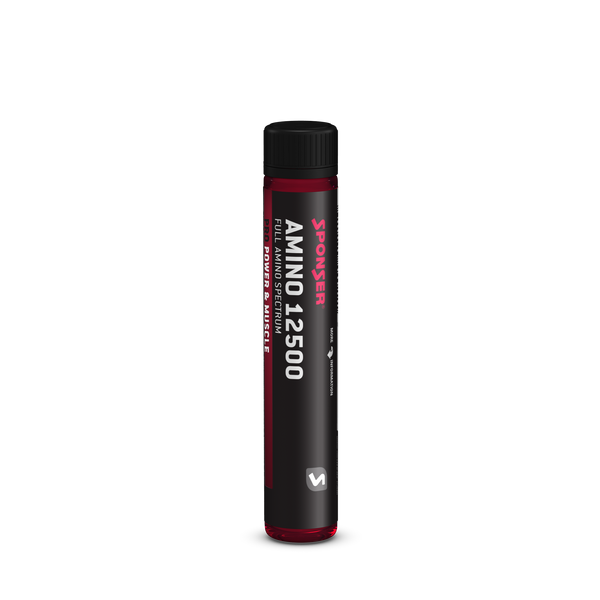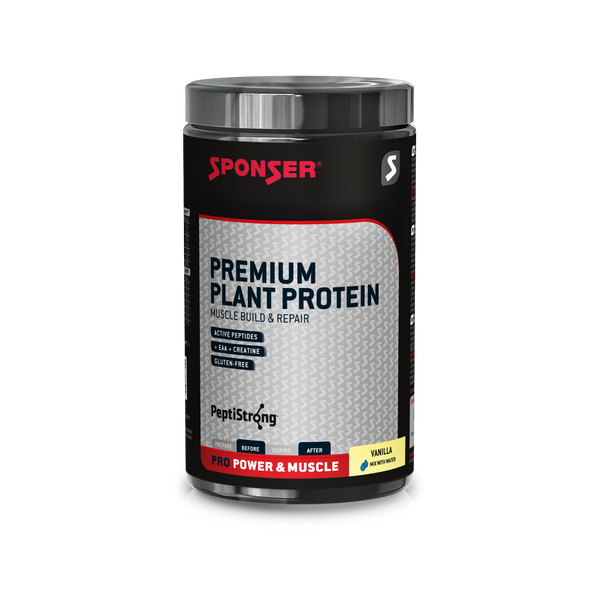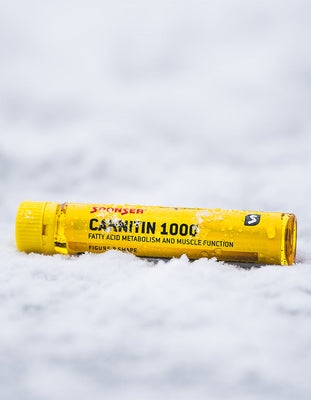
Function and Benefits in Sports
More and more athletes have heard of peptides and are finding them in their nutritional supplements. But what exactly are peptides and what effects are they said to have?
Peptides consist of short, simple chains of amino acids that are linked together by so-called peptide bonds. Peptides can be regarded as an intermediate stage between individual amino acids and complete proteins and play a variety of roles in the body: for example, as hormones, signalling substances or building blocks of larger protein structures, in the immune system or in cell and tissue renewal. They can either be produced by the body itself (endogenous) or supplied from outside through food or medication (exogenous).
Depending on their length, peptides are classified as short-chain peptides such as di- and tri-peptides (two or three amino acids), oligopeptides (up to about ten amino acids) and polypeptides (several dozen to hundreds of amino acids). An intact protein is essentially a very long polypeptide that is folded into a characteristic three-dimensional structure, giving it a specific biological function. Proteins are also based on amino acid chains, but they have a longer and more complex structure than peptides.
Peptides for muscle building and regeneration
After intensive training sessions, specific peptides help to repair damaged tissue and heal muscle injuries more quickly. They shorten recovery time and promote collagen formation – an important building block for muscles and connective tissue.
Peptides for fat burning and appetite regulation
Other endogenous peptides such as leptin, GLP-1 or PYY have a targeted effect on fat metabolism or the regulation of appetite and satiety.
Peptides for muscle building and endurance
To stimulate muscle protein synthesis as much as possible, it is not only the amount of protein consumed and the amino acid profile that play a decisive role – whey protein is still considered the highest quality source. It is now also known that the specific composition of peptide chains can have a bioactive effect and specifically trigger biological processes in the body. For example, it has been found that a specific peptide sequence from field bean protein (PeptiStrong®, found in SPONSER products such as Premium Plant Protein, Premium Whey Hydro, Senior Protein and Pro Recovery) has the same anabolic effect on muscle protein synthesis as the amino acid leucine.
Thanks to their good digestibility and rapid absorption, peptides can also be beneficial during prolonged physical exertion. They help to delay and reduce the breakdown of the body's own protein reserves, which ultimately also promotes faster recovery after exercise.
Peptides for the immune system
The digestion or hydrolysis of protein produces bioactive peptides, which also strengthen the immune system. This is one of the reasons why sufficient protein intake is important for a strong immune system.
Peptides for recovery and sleep
Due to their high tryptophan content, milk proteins in particular, from which peptides (e.g. casomorphins similar to endorphins) are produced during digestion, are associated with improved sleep quality. The Relax & Recover product contains the bioactive peptide Lactium®, which has been proven to help reduce stress and support night-time regeneration through restful sleep.
Literature
Lim SE et al. (2024): Dietary supplementation with Lactium and L-theanine alleviates sleep disturbance in adults: a double-blind, randomized, placebo-controlled clinical study. Front Nutr. 2024 Jun 17;11:1419978.
Weijzen, MEG et al. (2023): Vicia faba Peptide Network Supplementation Does Not Differ From Milk Protein in Modulating Changes in Muscle Size During Short-Term Immobilization and Subsequent Remobilization, but Increases Muscle Protein Synthesis Rates During Remobilization in Healthy Young Men, in: J Nutr. 2023 Jun;153(6):1718-1729.
Kerr A et al. (2023): Improved Strength Recovery and Reduced Fatigue with Suppressed Plasma Myostatin Following Supplementation of a Vicia faba Hydrolysate, in a Healthy Male Population. Nutrients. 2023 Feb 16;15(4):986.













